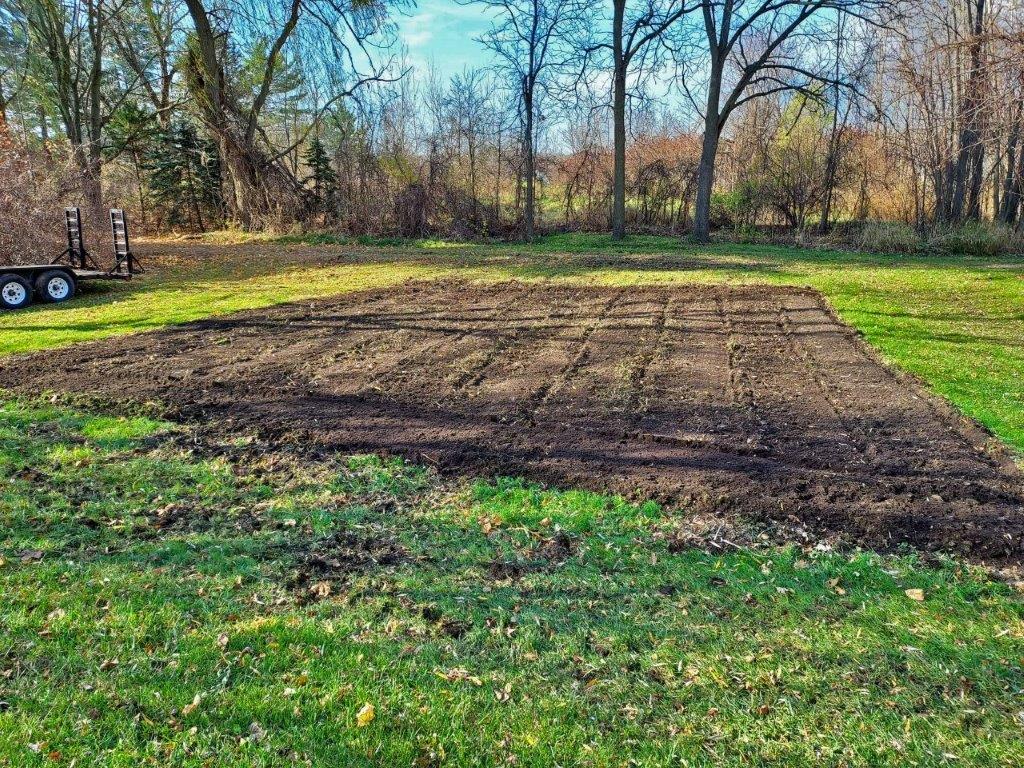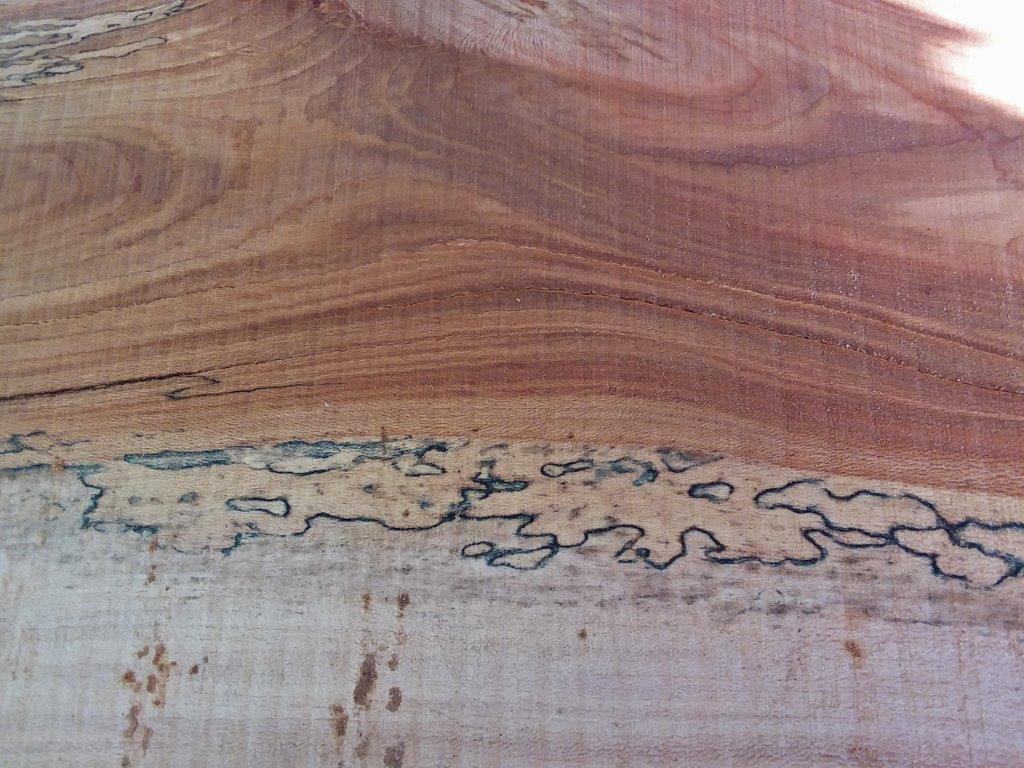How to Apply Wood Ash
Before you apply wood ash to your vegetable garden soil, it's best to do some soil testing. Most plants prefer a pH level between 6.0-7.0. If your soil is alkaline (with a pH of above 7), wood ash is not a best choice for your garden. Use less, or avoid using it altogether.For fertilization, apply a thin dusting of wood ash over the garden bed, orchard floor, grass, etc. Make sure the ash is cool with no live embers before applying.
Application guidelines vary from 5-10 pounds per 1,000 square feet up 15 to 20 pounds (approximately a five gallon pail) per 1000 sq. ft. per year. More isn't necessarily better. In fact, too much ash can throw off the soil pH and nutrient balance.
As an example, some years ago my brother applied a light layer of ash in his apple orchard. My nephew saw the ash, and, wanting to help, added a lot more ash. The trees got “burned” from the excess nutrients and their growth that year was stunted.
In our garden, we apply a dusting of ashes in late fall or early winter. This gives the ashes time to break down. We also apply soiled coop bedding at the same time for nitrogen.
Chicken manure needs time to age before it's safe to have in contact with plants. Top dressing the garden beds in fall effectively acts as sheet composting.






